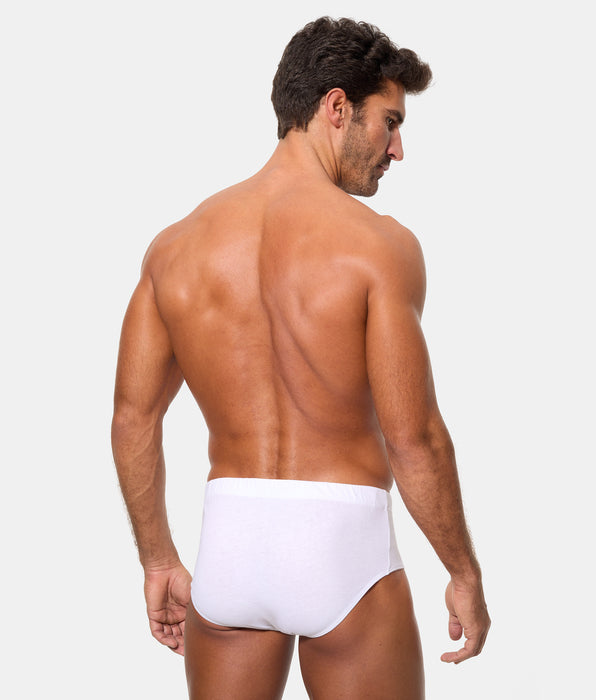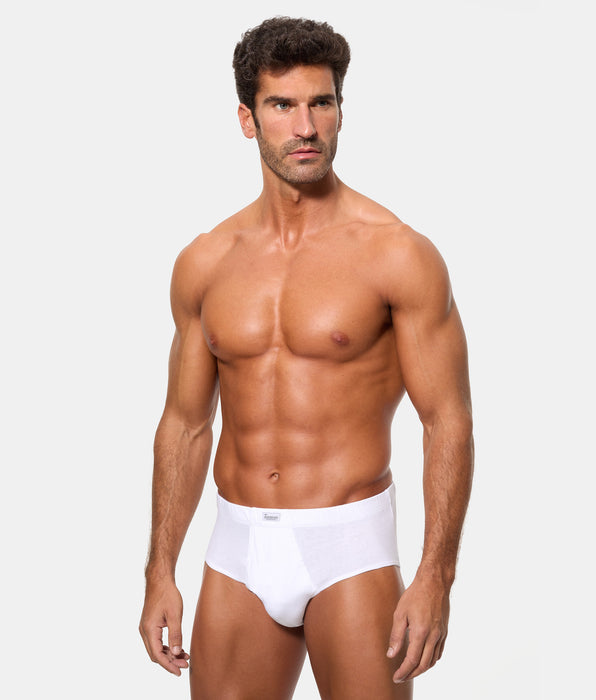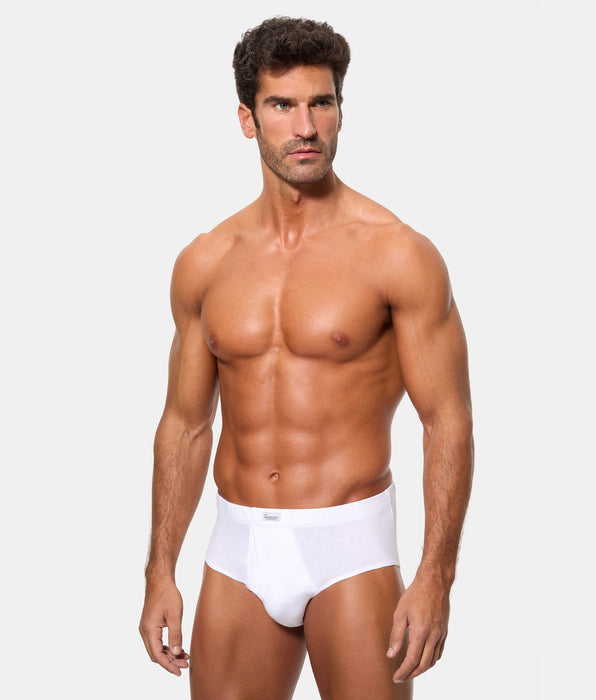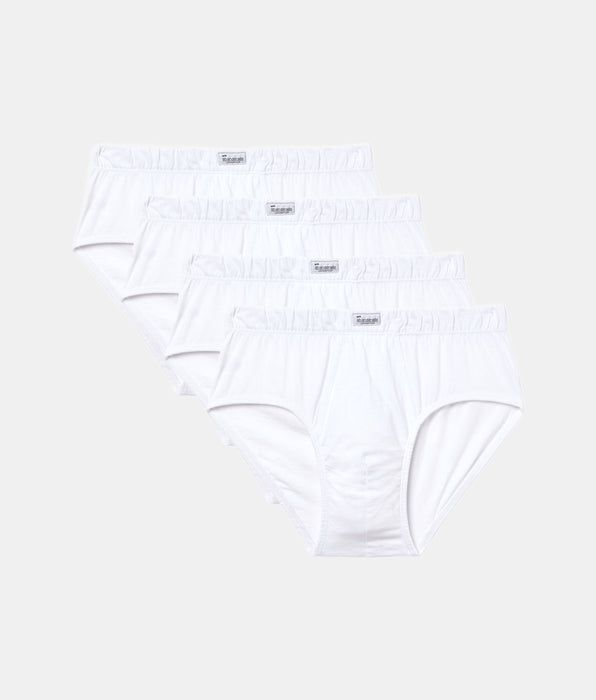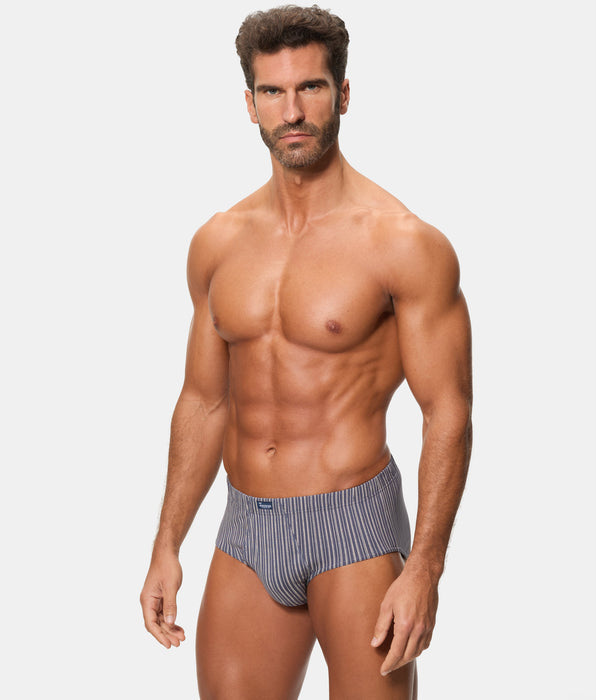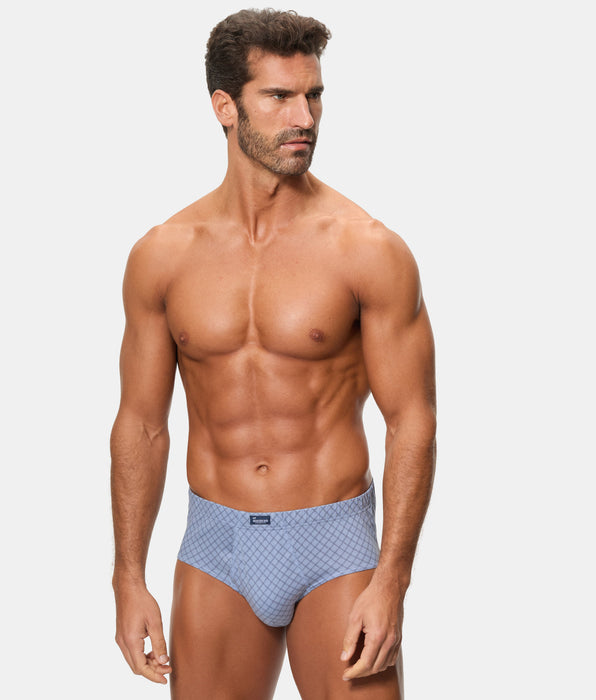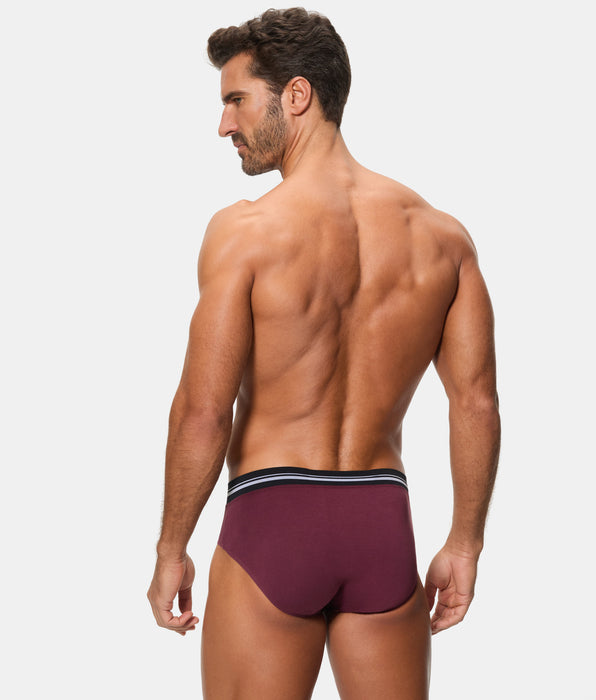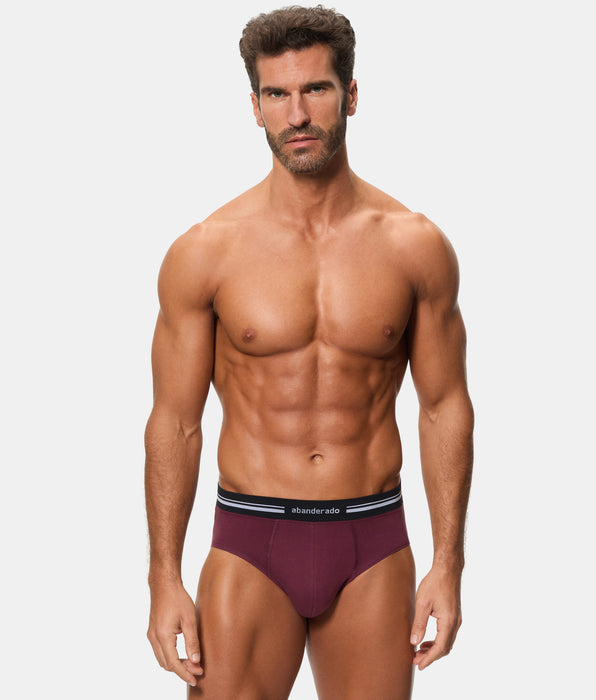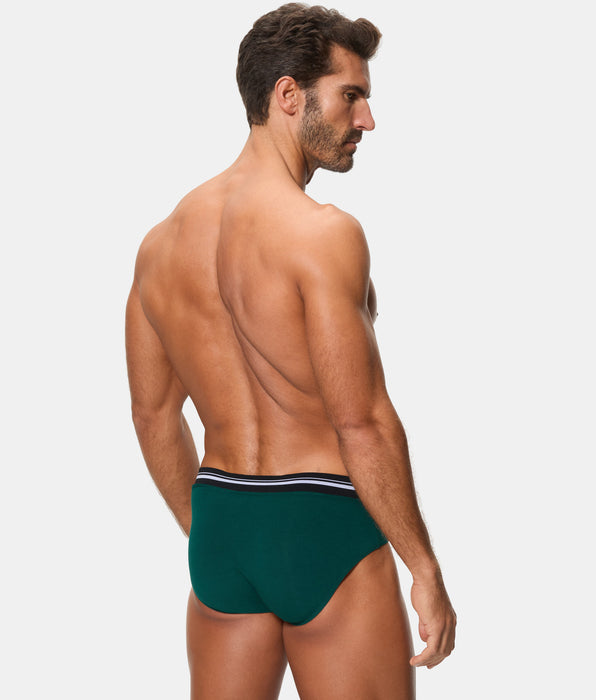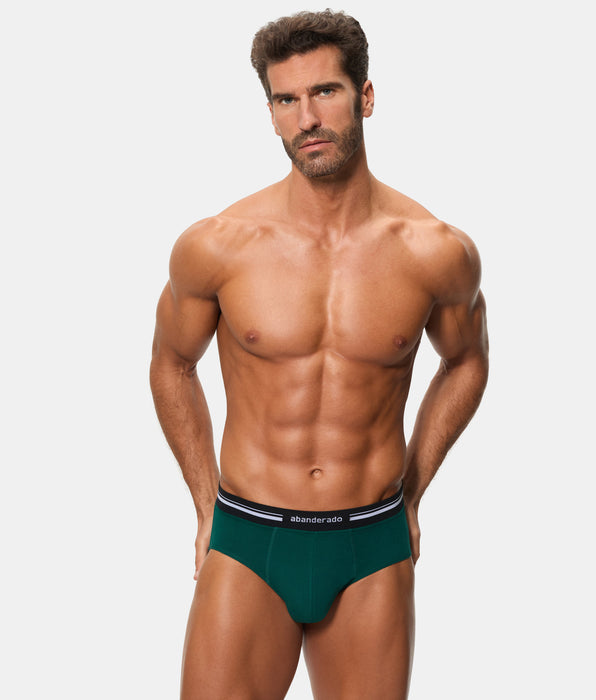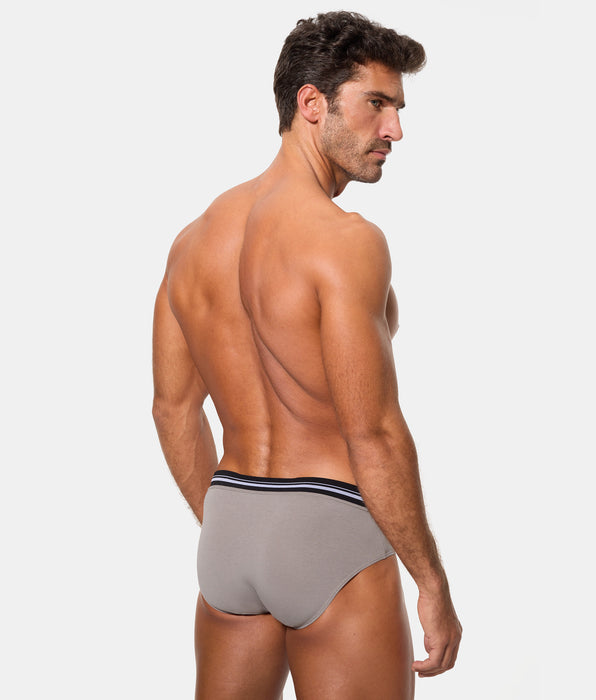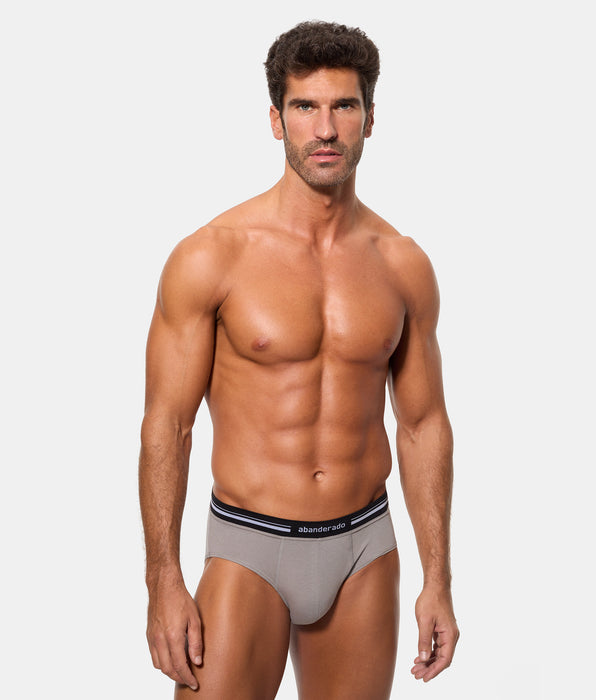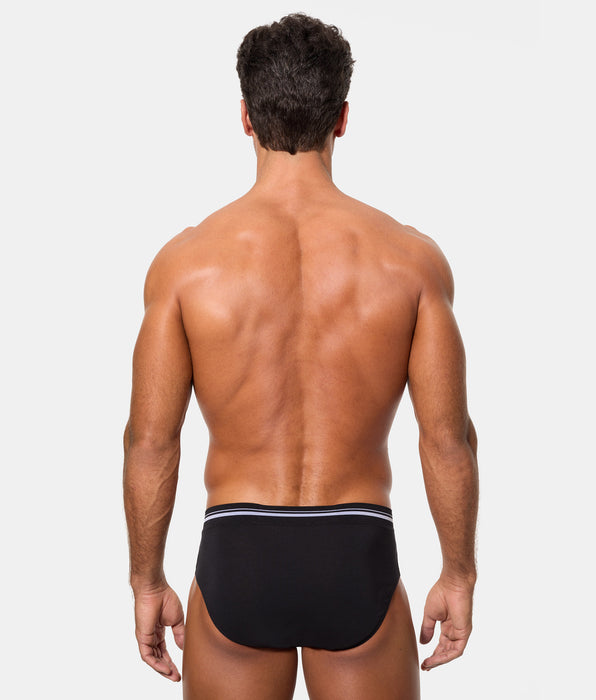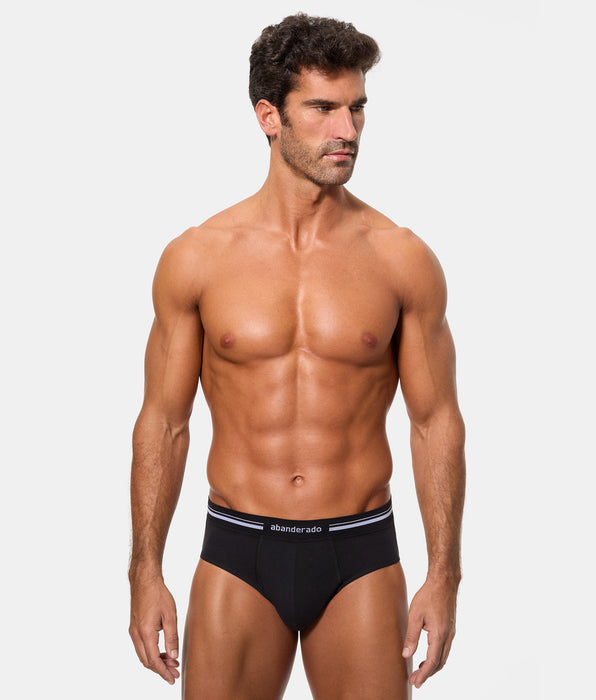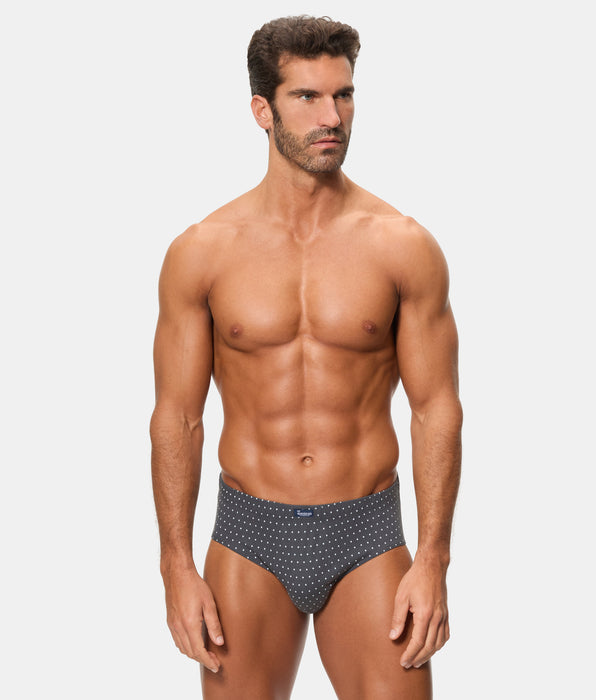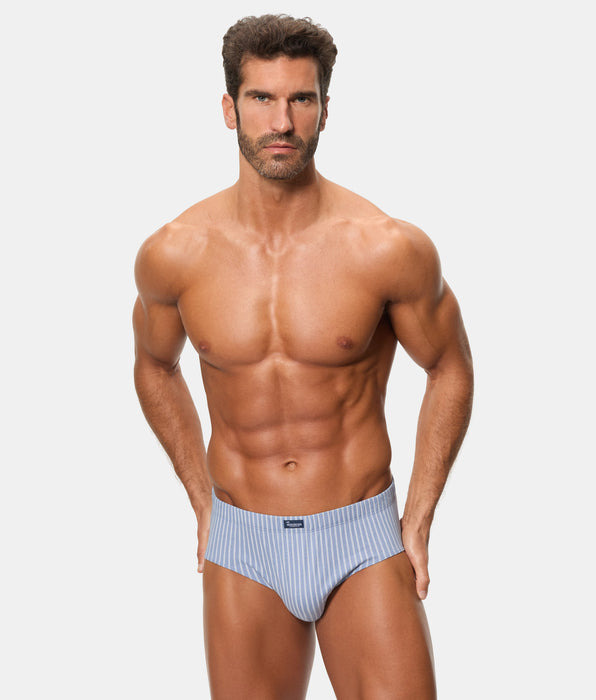Types of natural textile fibers
Natural textile fibers are not a discovery of modern societies. In fact, they have been part of textile history since its origins , both for the manufacture of household linens and clothing. As their name suggests, natural textile fibers are generated directly in nature and do not undergo chemical transformations during processing. There are two main types:- Natural plant textile fibers : extracted from different parts of a plant (shells, stems, or seed hairs).
- Animal textile fibers : the fur of certain animals is usually used, although they can also come from secretions, as in the case of silk.
5 properties of natural textile fibers
The rise in the use of natural textile fibers is not only due to sustainability reasons. The benefits they offer in terms of comfort and health are also remarkable . Therefore, they are increasingly used in clothing production. However, there are many benefits that lead us to believe that natural textile fibers are the best materials for making underwear . Among the most important are those explained below.1.- They allow the skin to breathe
Natural textile fibers promote breathability, as they have a greater moisture-absorbing capacity than synthetic fibers. This process of breathability not only helps regulate body temperature naturally, but also reduces the risk of certain skin problems.Natural fibers consume much less energy than chemical textile fibers. They also generate less waste during production.
2.- They prevent irritation
The texture of natural fibers is very soft and pleasant . In addition, garments made with natural fabrics are very flexible, so they adapt better to the body. Add to this the breathability and absence of chemicals, which all contribute to preventing skin irritation. There is no moisture and no chafing , so the skin is not damaged and, therefore, does not become irritated.3.- They are antibacterial fabrics
Especially after the pandemic, we've become accustomed to living with the use of all kinds of antibacterial products. But do we really know what this means for clothing? In the case of fabrics, it means that the spread of bacteria that come into contact with a garment is blocked. One of the most direct consequences of this property is that unpleasant odors are prevented. Although there are chemical textile fibers with specific antibacterial treatments, this is not a sustainable solution, nor is it recommended in all cases. However, most natural textile fibers are naturally antibacterial .
4.- They have great durability
For a long time, clothing manufacturing with synthetic fibers was preferred because it was cheaper. However, this relationship between natural fibers and higher clothing prices isn't true. This is especially true because a garment made with natural fabrics is more durable and, therefore, lasts longer in perfect condition.5.- They are sustainable materials
The sustainability of natural textile fibers is unquestionable, and this translates into economic development in particularly impoverished areas of the planet. Furthermore, the use of natural textile fibers is a renewable, low-polluting, and biodegradable resource , in addition to being much more durable materials.Examples of natural textile fibers: cotton, bamboo, and organic cotton
The list of natural textile fibers is extensive. However, three stand out for their widespread use and specific qualities. These are cotton, bamboo, and organic cotton . These are three natural raw materials we rely on at Abanderado, given their exceptional qualities:Cotton, bamboo and organic cotton are the three best natural textile fibers and are used in numerous Abanderado collections.


